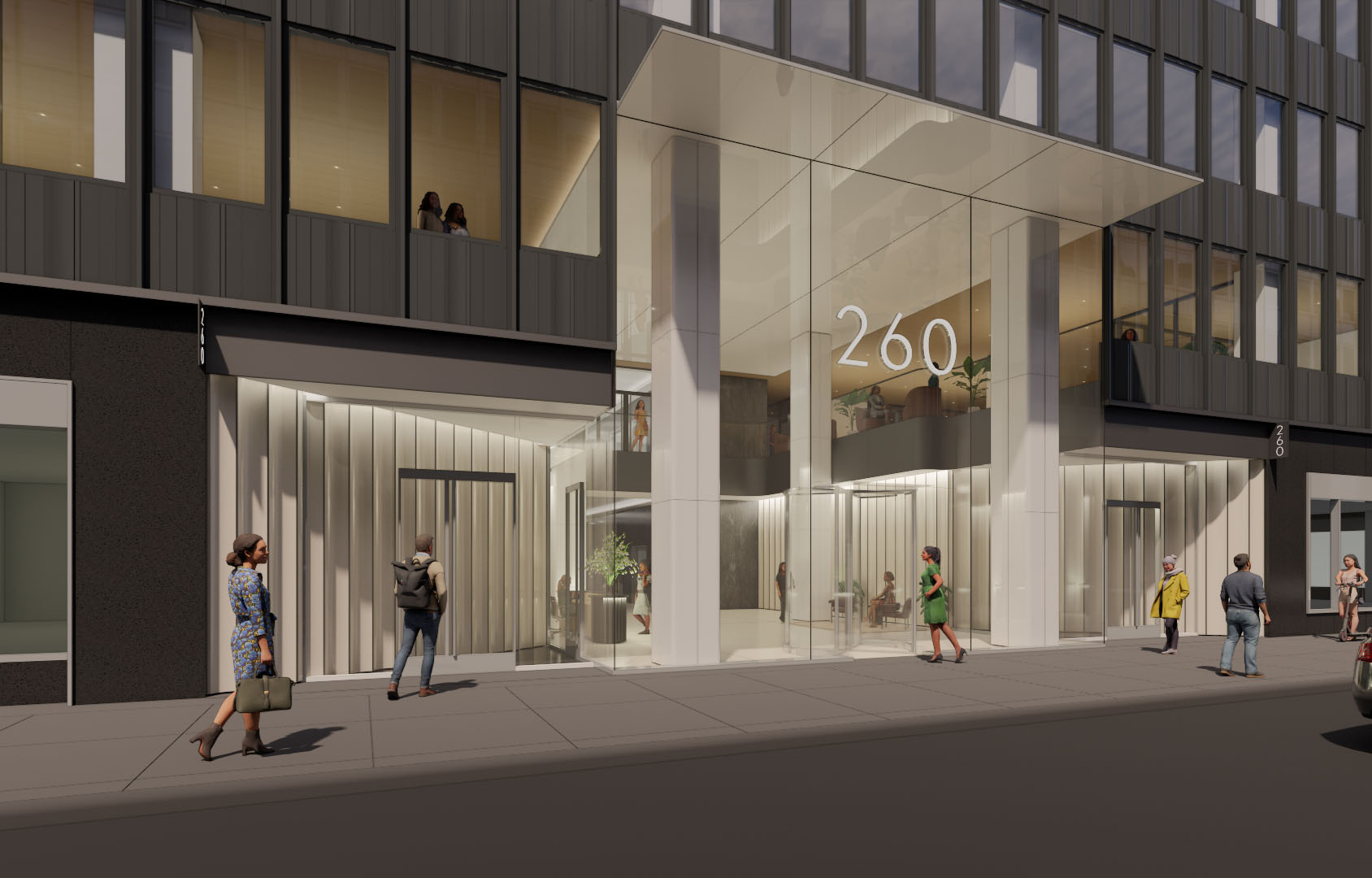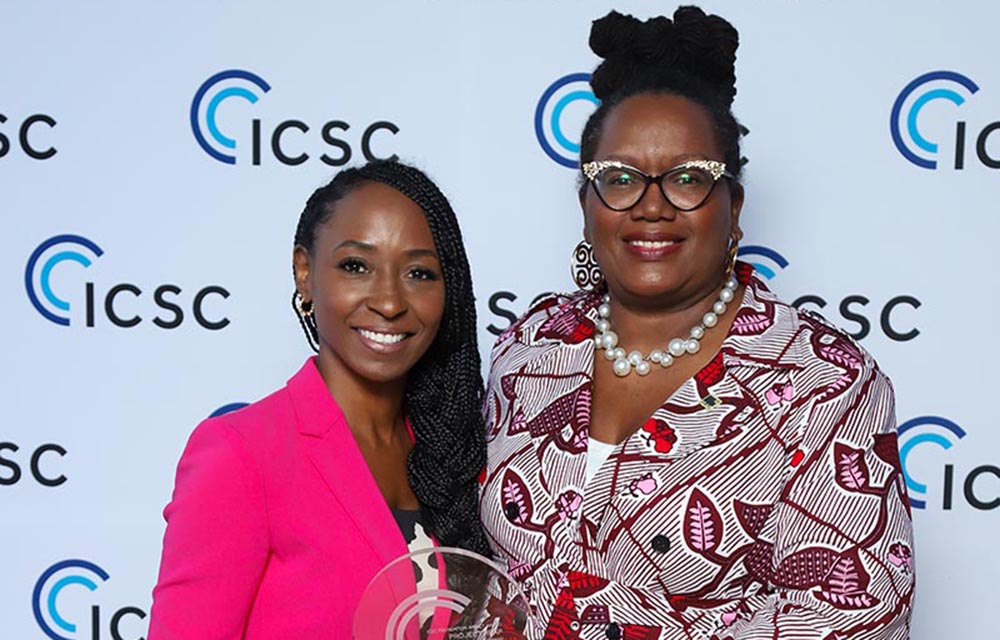The Wizard of OZ (that’s “Opportunity Zones”): What’s good for the goose… - by Dan Flanigan

Polsinelli
What’s good for the goose…
As clarified by the Round 2 Regs that arrived on April 17th, here’s some of the “good stuff” therein for attracting startups and other operating business tenants who believe they might be able to position themselves for an attractive tax-free payoff 10-plus years down the road.
Gander = landlord
Goose = tenant (who I will refer to as “Startup”).
Working Capital Safe Harbor
The Round 2 Regs clarified that the working capital safe harbor applies not just to funds used to develop real estate projects but also to funds used to start, develop, and support operating businesses, allowing Startup a comfort zone of 31 months to deploy investor funds after receipt. Moreover, there can be multiple rolling 31-month periods based on the date of the investors’ capital contributions, providing much more flexibility as to timing of capital calls and startup “runway” than the Round 1 Regs issued October 18th appeared to allow.
70% Tangible Property Test
Substantially all (70%) of the tangible property owned or leased by Startup must be Qualified Opportunity Zone Business Property (QOZBP). The Landlord’s space lease with Startup can qualify as QOZBP. In addition, one of the valuation methods that can be applied to the lease is very attractive—the sum of the present values of each payment under the lease calculated at the time of entering into the lease. Moreover, under this method, that initial valuation does not diminish as the lease term diminishes; it is good for the remainder of the lease term! This non-wasting value is likely to constitute a substantial and evergreen contribution to Startup’s satisfaction of the tangible property test.
Any new personal property (e.g. furniture and equipment) acquired by Startup by purchase for its operation in the OZ will also be included in the computation to satisfy the 70% tangible property test. But if Startup just wants to lease personal property, not only is there no substantial improvement test required of leased property, it will count as original use property, and, unlike a purchase, Startup may lease property from a related party as long as the lease meets certain (very reasonable) requirements. (This is true also of leased real property, which could be important if the Gander (landlord) has an ownership interest in the Goose (tenant.)
50% Gross Income Test
The OZ statute requires that 50% of Startup’s gross income must derive from an active trade or business. The Round 1 Regs disturbingly added the words “in the zone” to the statutory definition, making the world worry that, for example, sales to customers outside of the OZ might not qualify as revenue from “in the zone.” But after much outcry (see my NYREJ “Wizard of Oz” columns of January 22nd and February 19th), Treasury nursed the wound somewhat in Round 2 by dispelling the notion that sales to customers outside the OZ would not qualify and created three safe harbors that are somewhat more liberal than the language in the Round 1 Regs seemed to predict. Thus, Startup will be deemed to have met the gross income test if it satisfies any of the following:
- 50% or more of the services (based on hours) performed by Startup’s employees or independent contractors are performed in the OZ; or
- 50% of the amount paid for services performed by Startup’s employees or independent contractors are performed in the OZ; or
- Startup’s tangible property located in the OZ and the management or operational functions performed in the OZ are necessary to generate 50% of Startup’s gross income (quite a mouthful of ambiguous phrases there but something potentially to work with anyway.)
If none of those work for Startup, there is an alternative opportunity to satisfy the IRS that, “under all the facts and circumstances,” at least 50% of Startup’s gross income is derived from activities in the OZ.
The latter “facts and circumstances” alternative might become more important than now generally anticipated. The Round 2 Regs definitely significantly expanded OZs to better accommodate operating businesses, but this writer believes that the Round 2 Regs’ safe harbors have been a bit too much ballyhooed and are still too restrictive. Careful analysis at the outset will be needed to predict whether particular types of businesses, as they grow to larger scale, will be able to remain within one of the harbors. We can hope that more expansion and clarification of these still-too-narrow and not-so-deep harbors will occur, but the Treasury’s overreaching “in the zone” addition, well meant but not well enough considered, remains with us as something that may deprive OZs of the startup and development of certain types of businesses that otherwise could grow far beyond OZ borders and further enhance the lives of OZ inhabitants as they do.
Dan Flanigan is managing partner of the New York office of POLSINELLI.
Flanigan and POLSINELLI have provided the above material for informational purposes only. The material provided is general and not intended to be legal advice. Nothing in the material should be relied upon or used without consulting a lawyer to consider your specific circumstances, possible changes to applicable laws, rules and regulations and other legal issues. Receipt of this material does not establish an attorney-client relationship.
AmTrustRE completes $211m acquisition of 260 Madison Ave.


Behind the post: Why reels, stories, and shorts work for CRE (and how to use them) - by Kimberly Zar Bloorian

AI comes to public relations, but be cautious, experts say - by Harry Zlokower

Lasting effects of eminent domain on commercial development - by Sebastian Jablonski









.jpg)

.gif)